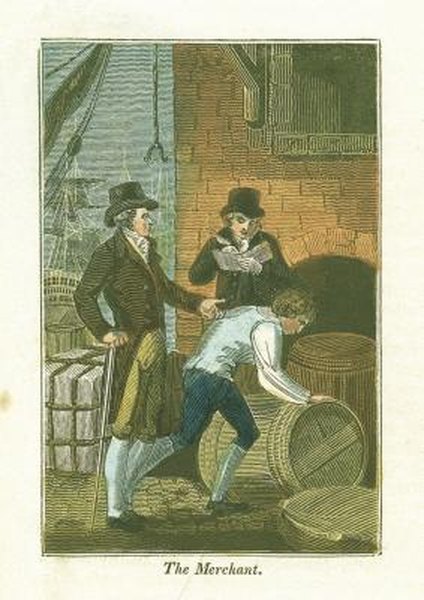Relationship Between Trade Deficit and Savings
The U.S. trade balance was negative from 1790 to 1868.
Photos.com/Photos.com/Getty Images
The trade deficit and national savings rates are inversely related. A country’s trade balance (current account balance) is the difference between the value of exports of goods and services and the value of imports of goods and services. Through national accounting identities, the trade balance can also be expressed as the difference between national (both public and private) savings and investment.
Personal savings
Consider your own income as the value of goods and services that you produce and “export” to others, and what you spend on food, shelter and other items as “imports” into your home. When you spend the same amount that you earn, your net exports are zero. You also have no leftover savings to invest. If you spend more than you earn, you must borrow money. If you spend less than you earn (have a positive trade balance) you build up savings.
Personal deficits
It is possible to have a positive savings rate, but one that is lower than your investments. For example, if you are making an investment in your college education and have a part-time job, you might be able to build up your savings account, but it is likely that you are investing more in your education than you are saving. The difference is made up in school loans. This is sensible, because you expect that the investment will lead to more income in the future. At that point you will increase your savings rate as your income rises (from the value of the service you are able to “export”).
Country Trade Deficits
Similarly, on a country level, a trade imbalance may not necessarily be a bad thing, but the associated borrowing will need to be paid back eventually. Furthermore, if a country spends borrowed foreign funds in ways that do not yield long-term productive gains, its solvency may be questioned. The last positive U,S, trade balance of the 20th century was in 1975. For many years, until the early 2000s, the persistent U.S. negative trade balance was not a concern.
Global Influences
A country’s savings and investment imbalance can be influenced by global supply and demand, not simply the habits of its citizens. In 2005, Federal Reserve Chairman Ben Bernanke declared a global savings glut, finding a flow of capital into the U.S. was the result of current account (trade) surpluses in the Asian and oil-rich countries (that accumulated for various reasons), combined with global investor preferences for safe, liquid investments.
Trade Balances and the Financial Crisis
The GSG hypothesis was later put forth as one factor contributing to the financial crisis and recession of 2007 to 2009. High demand for U.S. securities inflated their prices and helped to keep U.S. interest rates very low. (The prices of debt securities are inversely related to interest rates.) Bernanke links lower interest rates and easy access to credit and inflated asset prices (particularly home values), all of which increased the perceived wealth of consumers, leading to a lower rate of savings.
References
- Bureau of Economic Analysis: Measuring the Economy: A Primer on GDP and the National Income and Products Accounts.”
- Bureau of Economic Analysis: A Guide to the US International Accounts and the US International Investment Position Accounts by Christopher L. Bach
- Federal Reserve Board: The Global Savings Glut and the U.S. Current Account Deficit by Ben Bernanke
Resources
Writer Bio
Kathryn Christopher has been writing about investments for more than 20 years. Her work has appeared in the "Journal of Alternative Investments" and numerous other academic and industry publications. She works at Wiggin Financial Planning, teaches for UMASSOnline from South Florida, and holds a PhD in finance from the University of Massachusetts.

